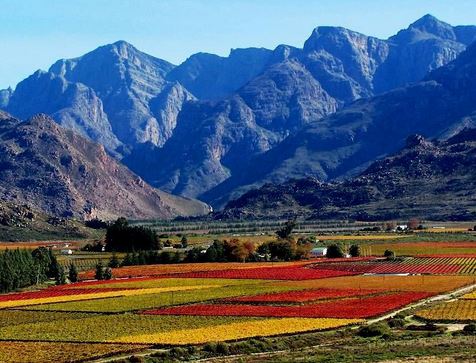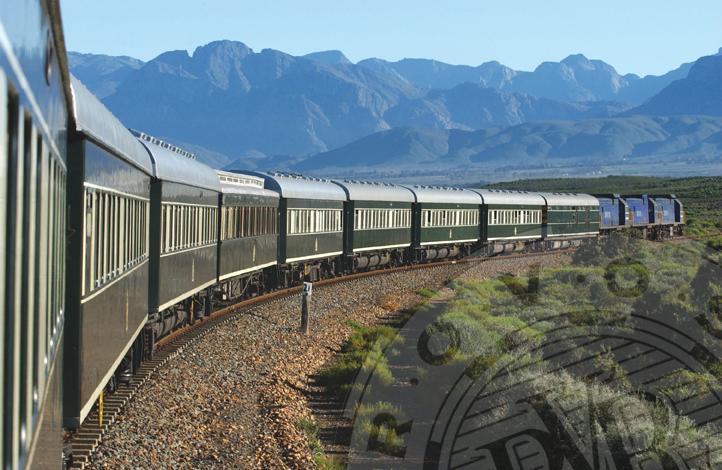Victoria Falls National Park
In the Zambezi River on the border of Zimbabwe and Zambia are the impressive Victoria Waterfalls with a width of no less than 1708 meters. The maximum falling height of the water is 108 meters and this causes a rising mist that can reach a height of more than 400 meters. The roaring sound of the water falling in the basalt gorges is very impressive.
The first European to see this huge water curtain was the Scottish explorer David Livingstone in 1855. He christened the falls to the ‘Victoria Falls’ as a tribute to the then Queen of the UK, Queen Victoria. The locals call the waterfall ‘Mosi-oa-Tunya’ which actually describes the waterfall very well: ‘the smoke that thunders’.
The basin in the Zambezi above the falls has a rainy season from the end of November to the beginning of April. The flood season of the river runs from February to May with the peak month being April. During the flood season, it is usually not possible to see the foot of the falls because of the large amount of water vapor that rises when the water comes down. The least water flows through waterfalls in November, ten times less than the peak in April. In the dry season it is possible to walk through the Zambezi in a few places at the top of the waterfall to experience the edge of the waterfall very closely. The sight of the waterfall changes during the year, but is always worth a visit.
Livingstone and Victoria Falls Town in Zimbabwe, located in Zambia, are a good base for tourists. The Zambezi has many options for adventurous sports enthusiasts: rafting, canoeing, bungee jumping from the Zambezi bridge, horseback riding, fishing or a flight with an ultra-light aircraft above the falls (the so-called ‘flight of angels’), but also game drives are among the possibilities. If you want to admire the falls from both Zambia and Zimbabwe, you can buy a visa with American Dollars at the border. In Zambia, there is the Mosi-oa-Tunya Game Reserve around the waterfall where you can take a safari.
Add to my travel plans


